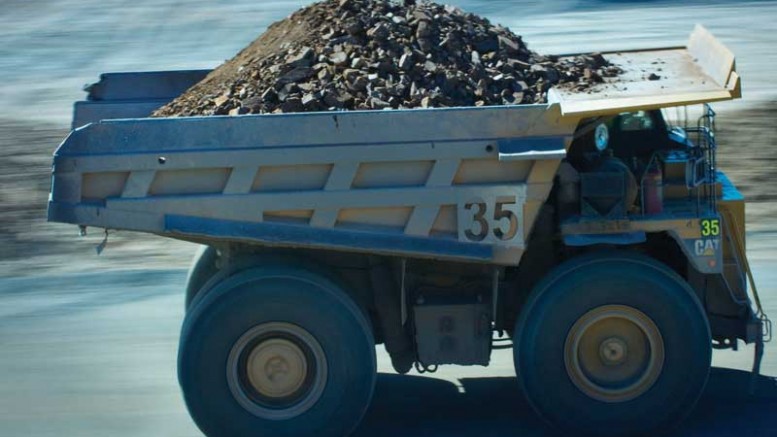Glencore (LSE: GLEN) has been given the green light to expand its McArthur River zinc mine in Australia’s Northern Territory against the advice of the state’s own sacred sites authority, which says it has not cleared the plan yet.
The state government’s approval would allow Glencore to double the size of the mine, extending McArthur River’s productive life until 2048. It also secures the jobs of about 1100 employees and contractors, the state said.
As part of the permit, Glencore must comply with all relevant legislative requirements and conditions of authorization, including those relating to the Northern Territory Aboriginal Sacred Sites Act 1989.
Under Northern Territory law, companies must have permission from the Aboriginal Areas Protection Authority (AAPA) before they can alter or remove any sacred site.
The authority noted on Nov. 19 that it had previously rejected the company’s application for a certificate. It also requested more consultation with traditional owners in regard to potential damage to sacred and heritage sites.
AAPA said Glencore’s appeal against that decision was still with the state government and the announcement of the plan’s approval was concerning.
“It was very sad for us — we have given [Glencore] a lot of chances to work with us but they haven’t done it,” AAPA chairman Bobby Nunggamajbarr said in an emailed statement.
Long awaited
Glencore has waited for the expansion’s final approval since 2018, when the Northern Territory’s Environment Protection Authority (EPA) found sacred sites could be damaged by the mine’s expansion, but recommended its approval on the basis that the risk of further environmental damage would be higher if the miner left the site.
Operating since 1995, McArthur is one of the world’s largest zinc mines. Last year, it contributed more than A$550 million (US$400 milion) to the local economy.
McArthur River produced 271,200 tonnes of zinc, 55,300 tonnes of lead and 1.67 million ounces of silver in 2019.
The mine lies in the Gulf region, the traditional home of the Yanyuwa, Gudanji, Mara and Garawa peoples. The remote pocket of northern Australia is far from the Northern Territory’s urban centres, but about an hour’s drive from the mine is the small, majority-Aboriginal town of Borroloola, which straddles the McArthur River.
This article first appeared in MINING.com, part of Glacier Resource Innovation Group.


Be the first to comment on "Glencore heads for collision with Australia’s sacred sites authority over McArthur River expansion"